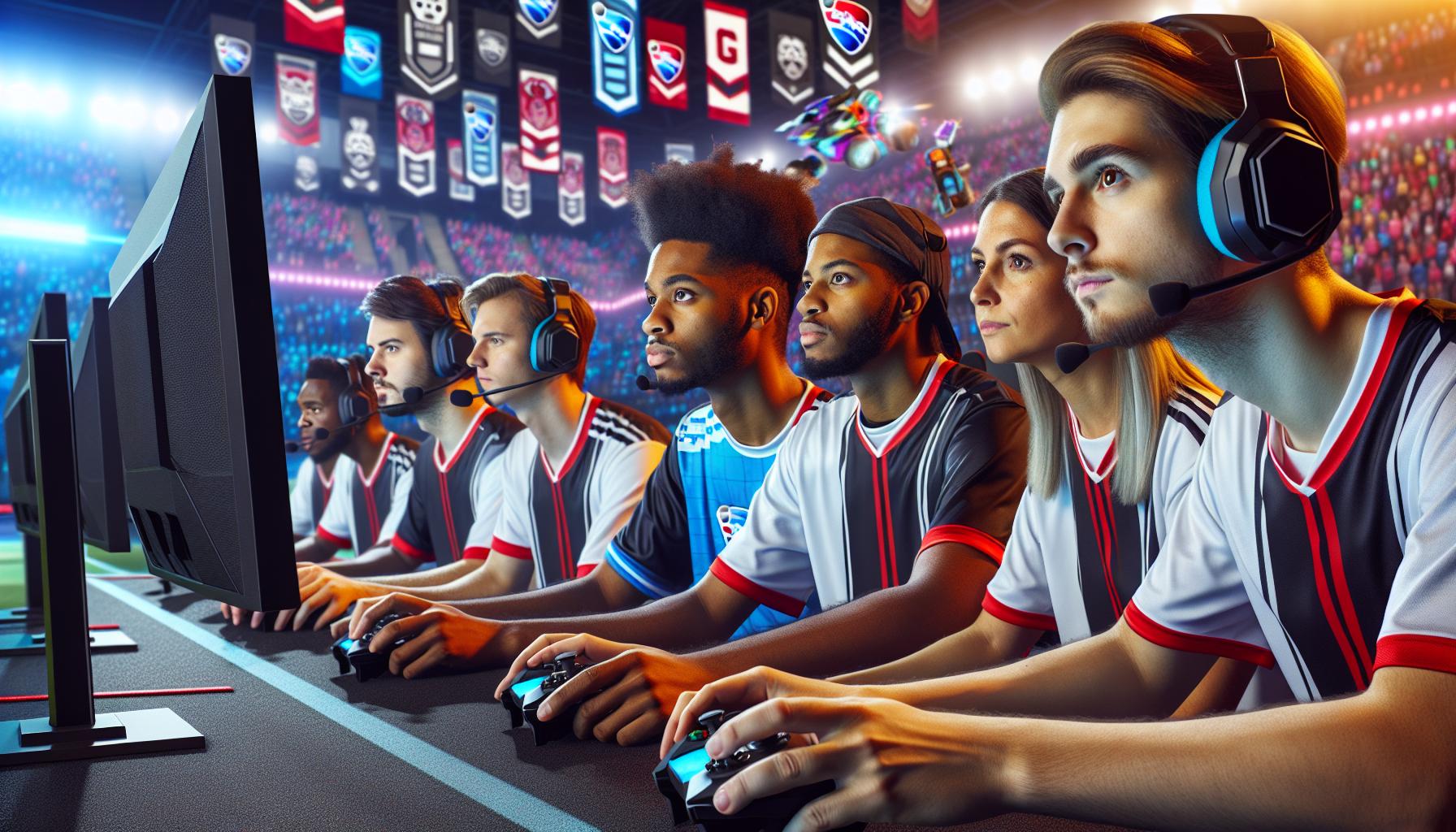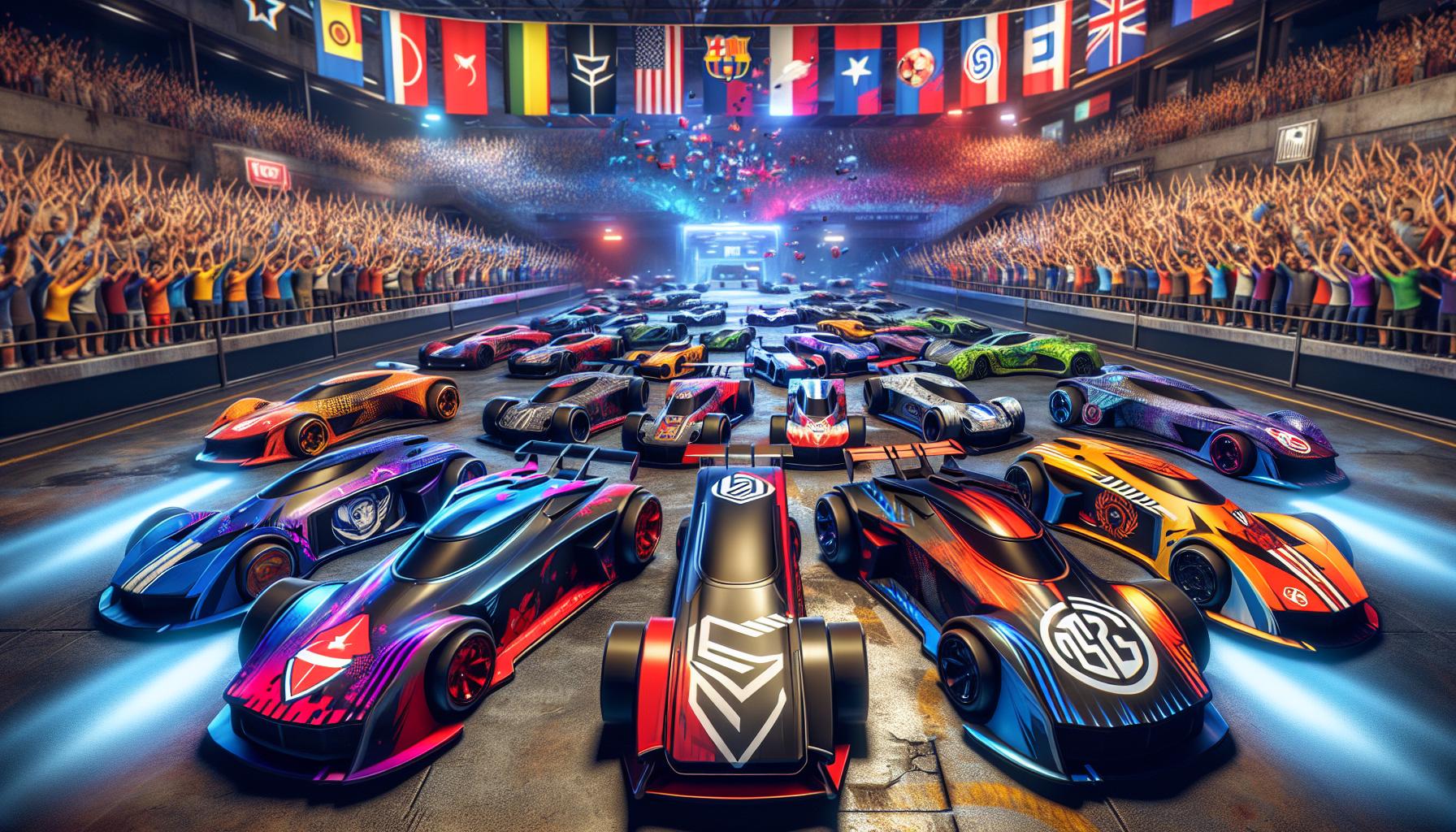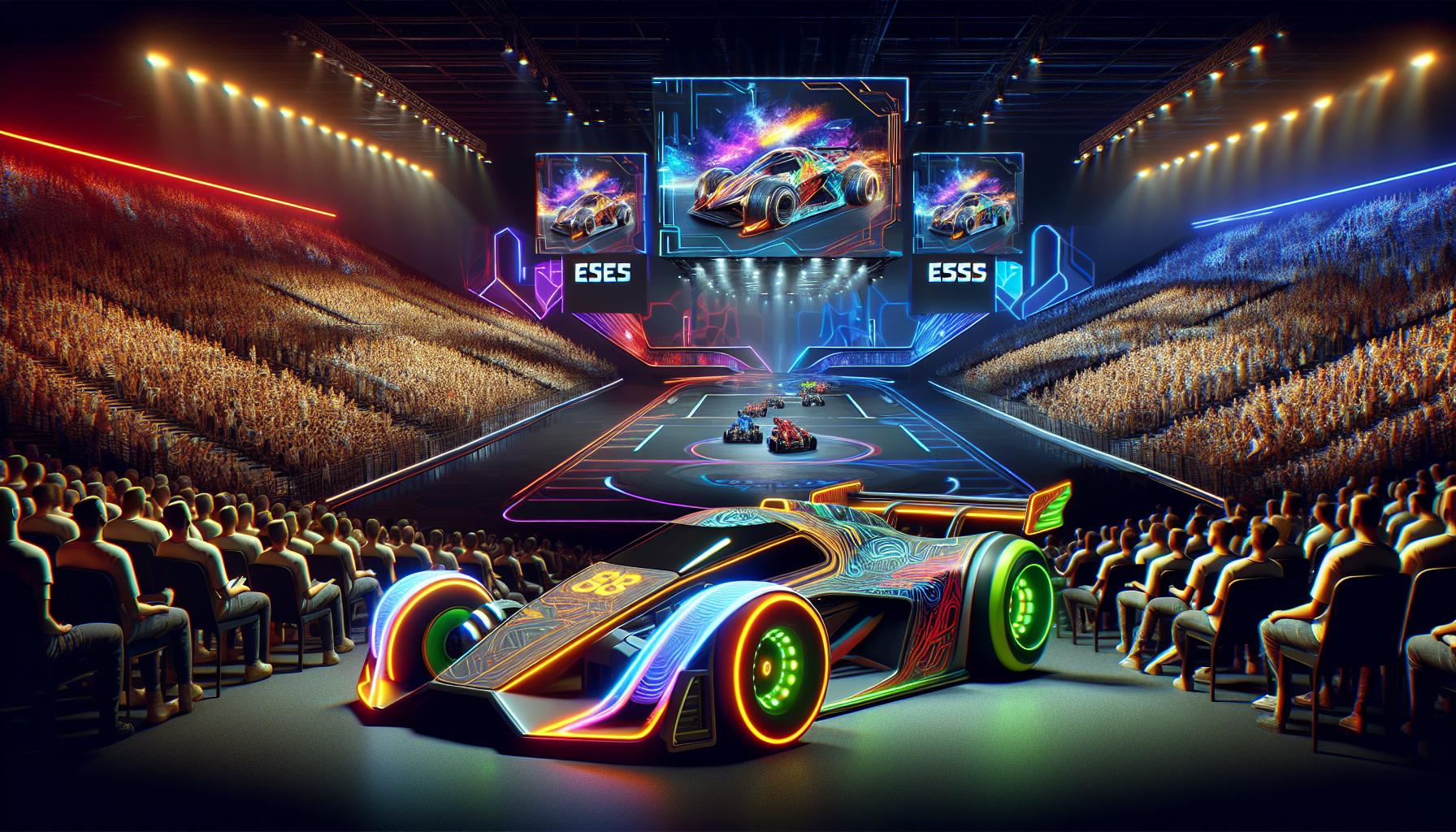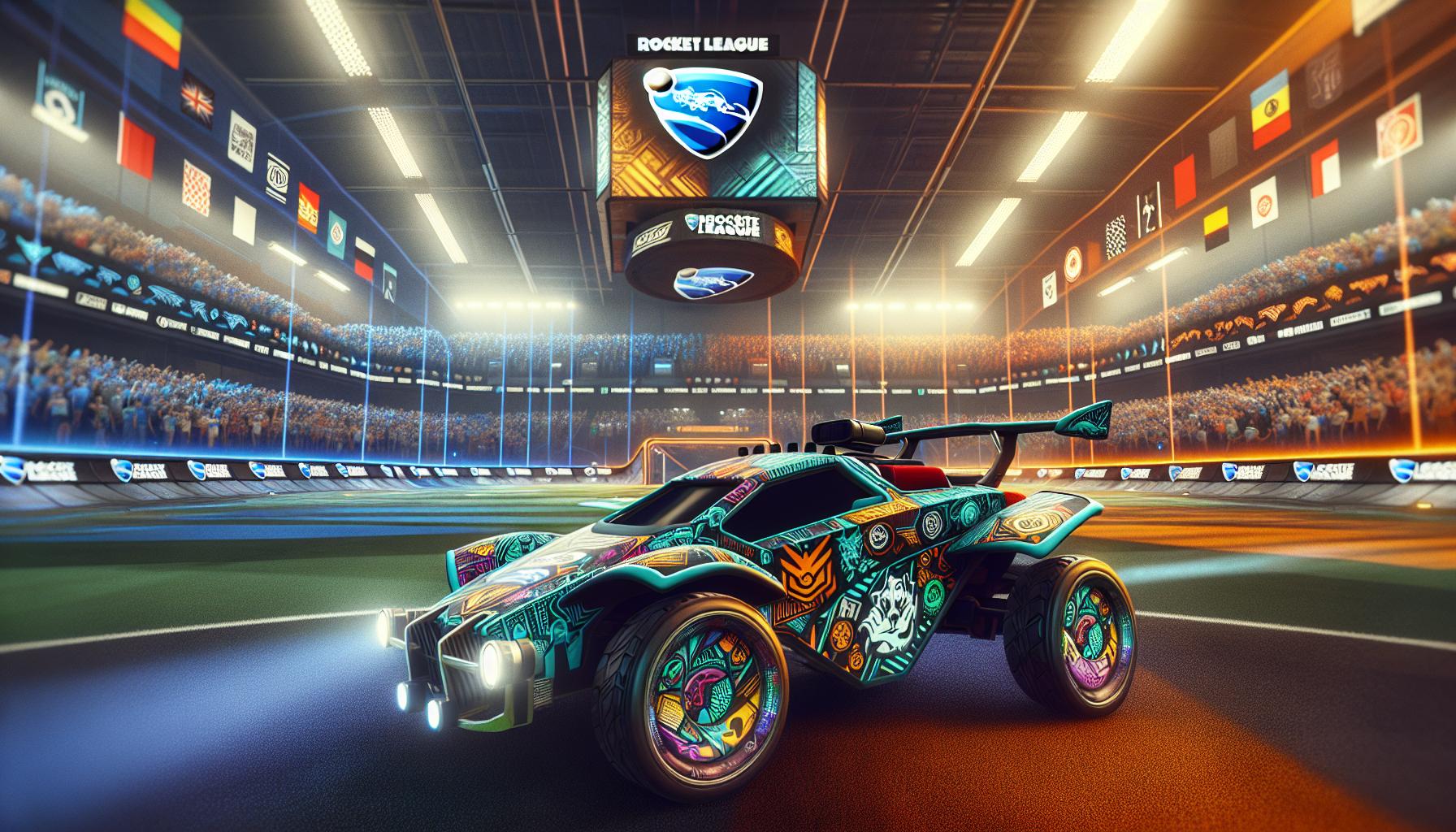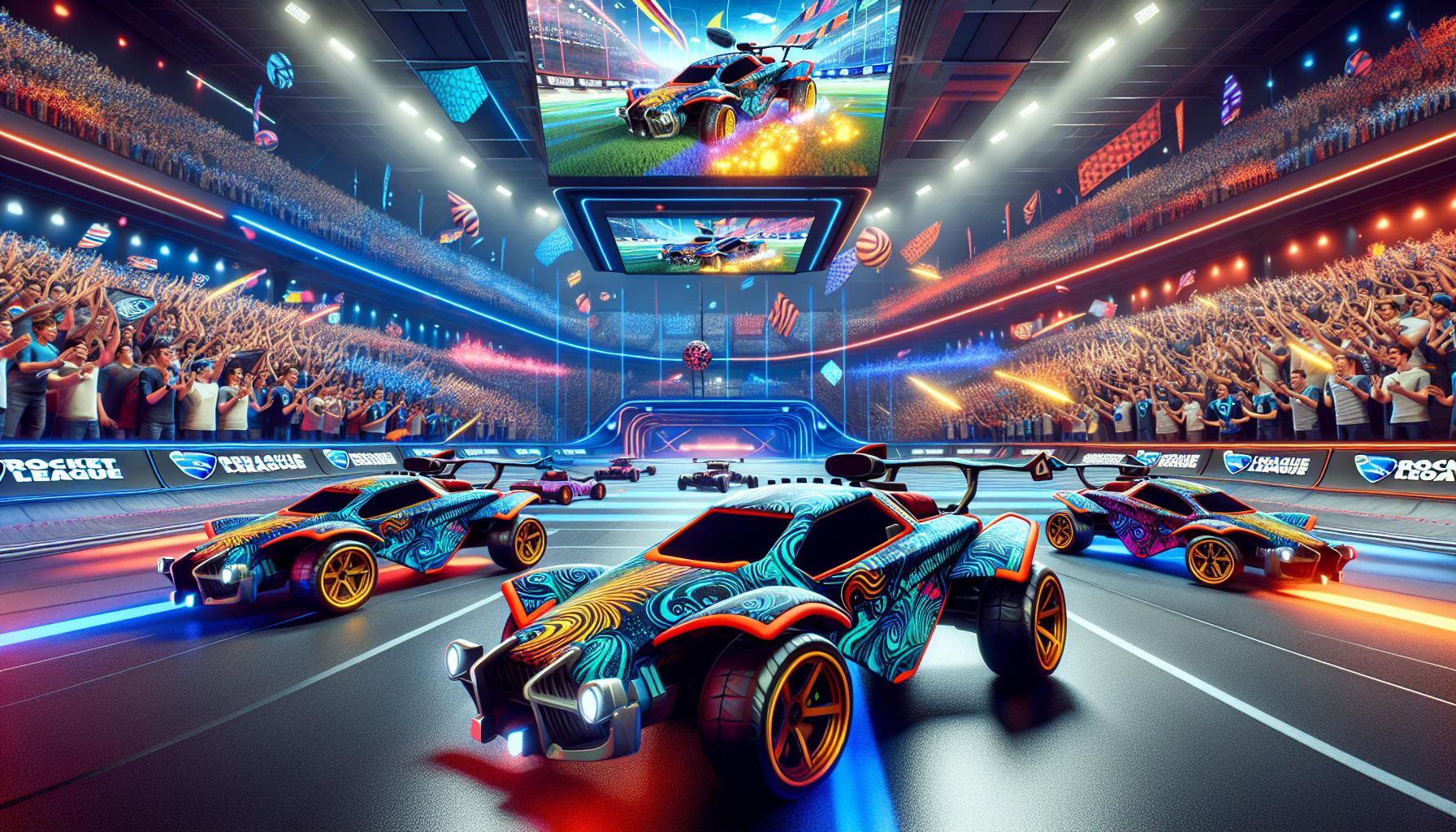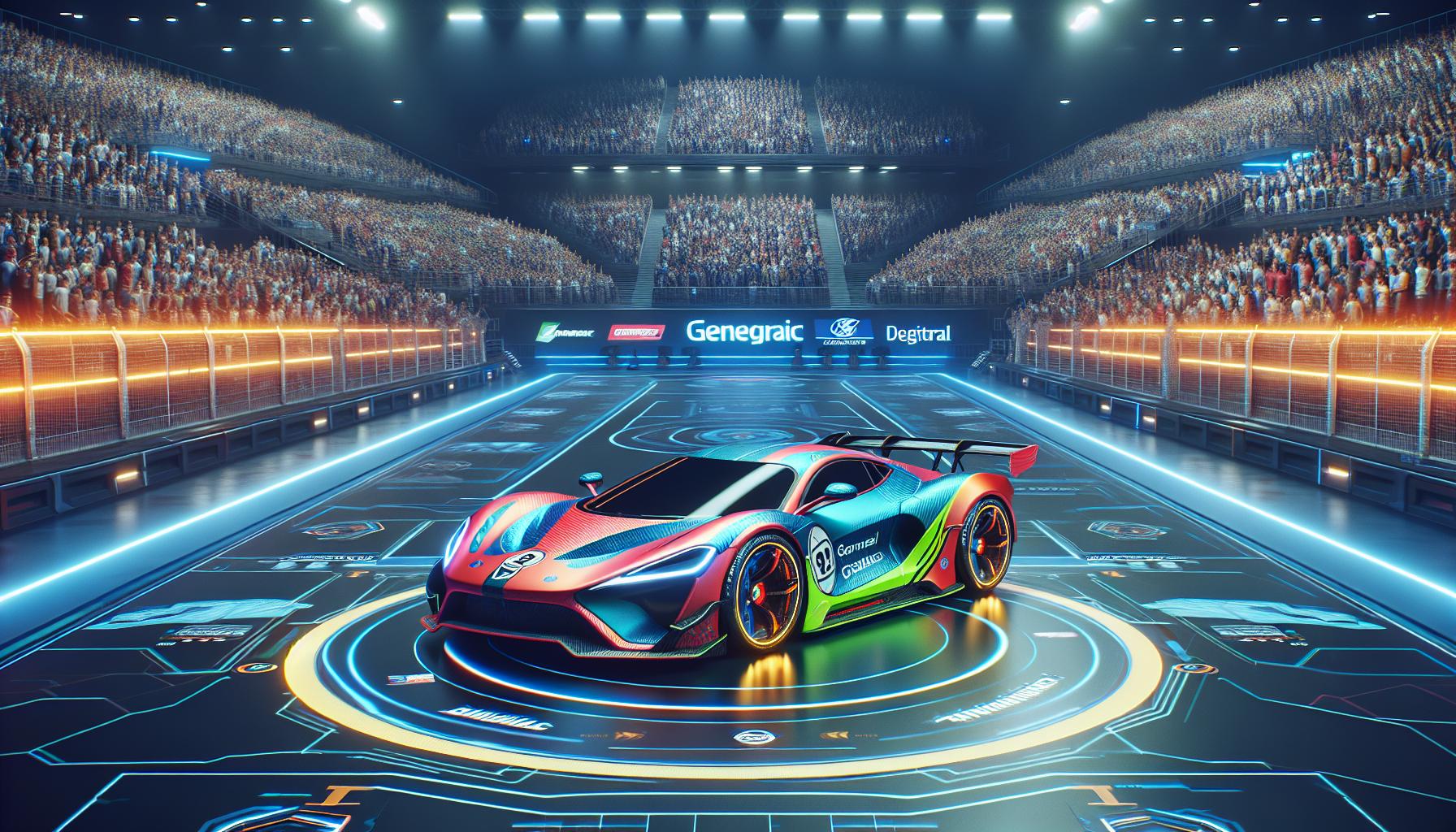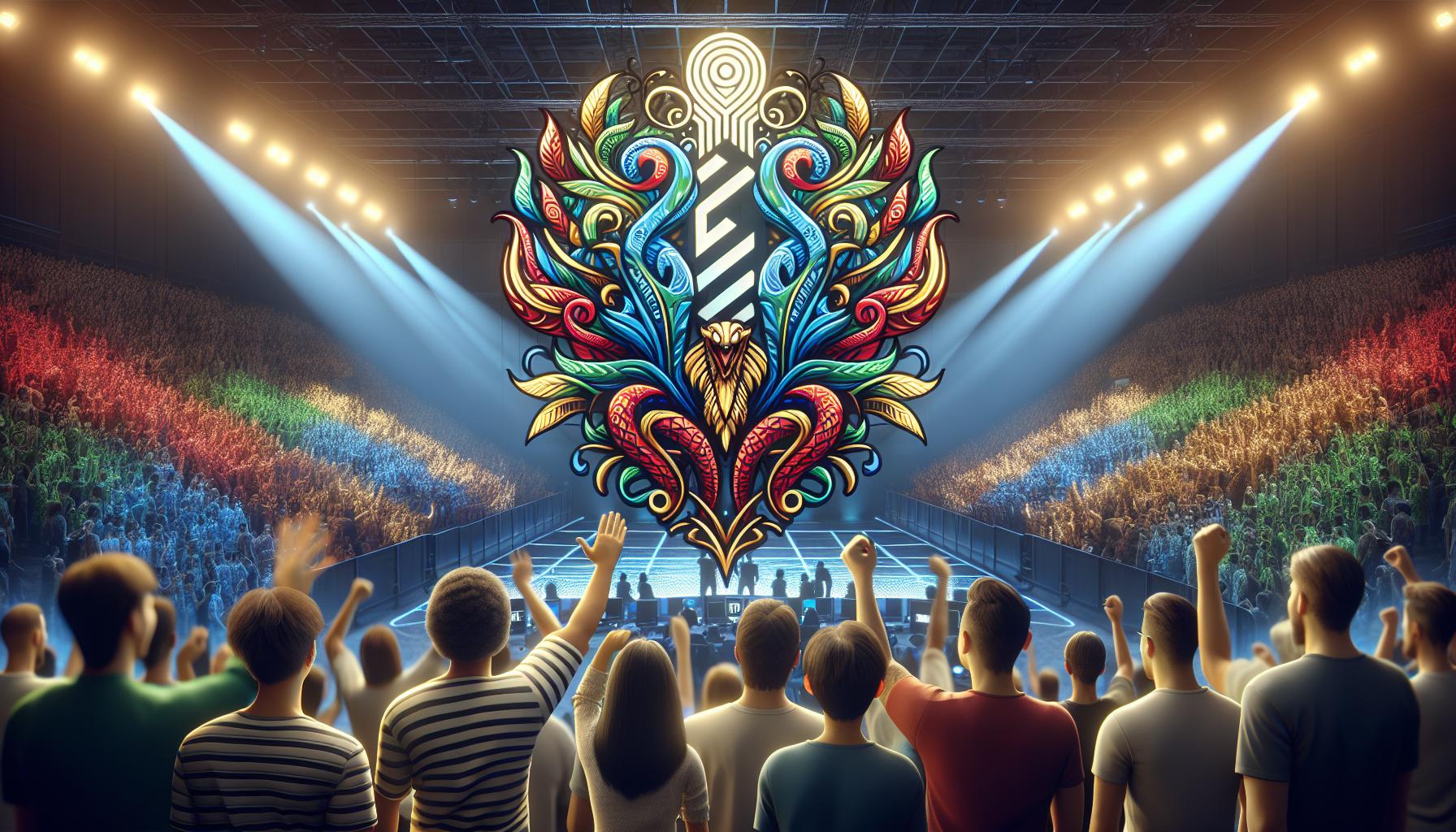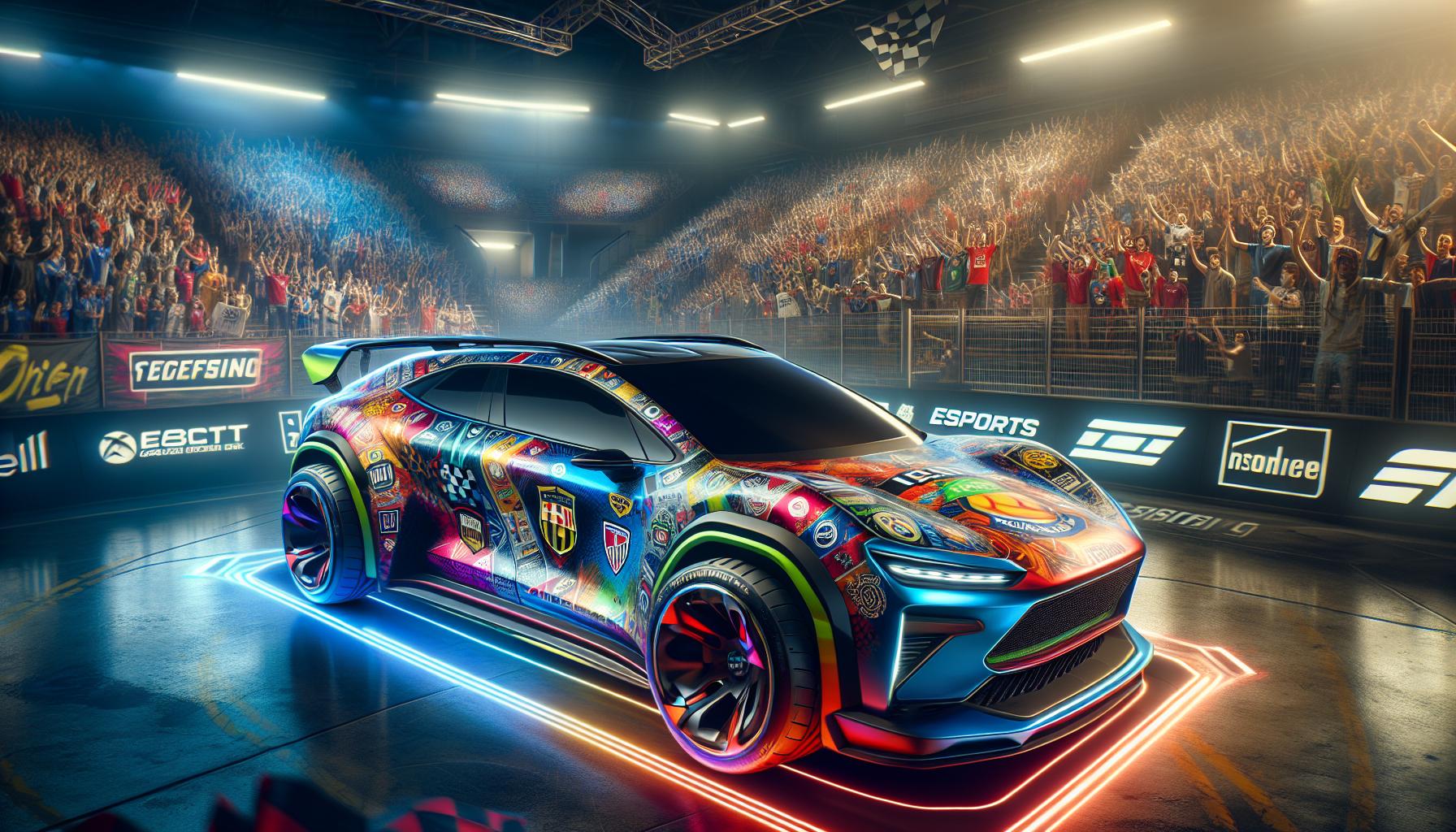When it comes to Dungeons & Dragons, understanding travel speed can make or break your adventure. Whether you’re navigating through dense forests or crossing vast deserts, the speed at which your party moves can impact encounters, resource management, and overall strategy. I’ve often found that a solid grasp of travel mechanics not only enhances gameplay but also adds depth to the storytelling experience.
Key Takeaways
- Travel Speed Matters: In Dungeons & Dragons, understanding travel speed is crucial as it directly influences gameplay, affecting movement, encounter timing, and strategic decisions.
- Key Factors Impacting Speed: Character class, terrain type, weather conditions, encumbrance, and chosen travel pace all significantly determine a party’s travel speed, impacting their journey and encounters.
- Types of Travel: Different travel methods—on foot, mounted travel, and vehicle travel—offer unique benefits and challenges, with various factors influencing their effectiveness.
- Calculating Movement Rates: Base movement rates vary by character class and race, and modifiers like terrain and weather must be considered for accurate speed calculations.
- Strategic Planning: Efficient travel planning involves route selection based on terrain and potential encounters, and leveraging spells and abilities effectively can greatly enhance movement capabilities.
- Dynamic Encounters: Travel speeds can affect the likelihood and nature of random encounters, with terrain playing a crucial role in shaping these interactions, leading to more engaging narratives.
DND Travel Speed
Understanding travel speed in Dungeons & Dragons enhances gameplay. It influences movement, encounter timing, and strategic decision-making.
Importance Of Travel Speed In Gameplay
Travel speed affects the pacing of adventures and the ability to respond to events. Faster movement allows for quicker exploration and reduces downtime, impacting players’ resource consumption. It directly influences encounters; quicker arrival at a location can lead to unexpected interactions or delays that benefit or hinder the party. Mastering travel mechanics enhances storytelling by creating a dynamic environment where characters’ actions shape outcomes.
Factors Affecting Travel Speed
Several factors determine travel speed in Dungeons & Dragons:
- Character Class: Different classes may have unique movement rates influenced by abilities or features.
- Terrain Type: Forests, swamps, and mountains can slow movement speed due to difficult terrain.
- Weather Conditions: Rain, snow, or extreme heat can hinder progress, affecting travel speed.
- Encumbrance: Carrying heavy gear can reduce movement, impacting the party’s ability to traverse distances.
- Travel Pace: Choosing between a fast, normal, or slow pace affects fatigue levels and potential encounters, altering the speed of travel.
Understanding these factors aids in calculating movement accurately and making strategic travel decisions.
Types Of Travel In Dnd
![]()
![]()
In Dungeons & Dragons, various travel methods impact the campaign’s pace and strategy. Understanding these modes helps players make informed decisions during their adventures.
On Foot
On foot represents the most common travel method in D&D. Characters typically move at a speed of 30 feet per round, translating to about 3 miles per hour on land. Factors affecting on-foot travel include:
- Character Class: Some classes, like monks, enjoy increased movement speeds, affecting overall travel time.
- Terrain: Difficult terrain, such as rocky or forested areas, can halve movement speed.
- Encumbrance: Carrying heavy equipment slows down characters, further affecting their travel pace.
Mounted Travel
Mounted travel offers a faster alternative, significantly increasing a character’s movement speed. Most mounts, like horses or camels, have a base speed ranging from 40 to 60 feet per round, allowing for quicker journeys. Key elements to consider include:
- Mount Selection: Different mounts have varying speeds and abilities. For example, some mounts excel in speed while others provide better endurance.
- Rider Proficiency: Characters proficient in animal handling can navigate terrains more efficiently with their mounts.
- Terrain: Similar to foot travel, rough terrains slow mounted movement but generally less so than on-foot travel.
Vehicle Travel
Vehicle travel encompasses various methods, such as ships, wagons, and airships, significantly affecting movement over long distances. Depending on the vehicle, speeds can vary widely. Important considerations include:
- Vehicle Type: Each vehicle type has specific speed ratings, affecting how quickly characters reach their destination.
- Crew Requirements: Some vehicles demand skilled crews. Failure to meet crew needs can slow travel times or hinder navigation.
- Obstacles: Environmental factors like weather and obstacles directly impact vehicle efficiency. For example, storms can hinder ships, while rough roads may slow wagons.
These travel types intertwine with various campaign elements, enhancing the gameplay experience and storytelling in Dungeons & Dragons.
Calculating Travel Speed
![]()
![]()
Understanding how to calculate travel speed is vital for effective gameplay in Dungeons & Dragons. Several factors contribute to determining a character’s overall movement capabilities.
Base Movement Rates
Base movement rates vary by character class and race, usually quantified in feet per round or hour. Most characters have a standard walking speed of 30 feet per round. Some races, like a Wood Elf, have a base speed of 35 feet. Classes, such as the Barbarian, often feature the Fast movement feature, increasing their speed by 10 feet. The following table summarizes base movement rates by race and class:
| Character Type |
Base Movement Rate (Feet Per Round) |
| Human |
30 |
| Dwarf |
25 |
| Elf |
30 or 35 |
| Halfling |
25 |
| Barbarian |
30 (40 with Fast Movement) |
| Monk |
30 (increases with level) |
Modifiers That Affect Speed
Several modifiers can affect a character’s travel speed in D&D. Consider the following:
- Terrain Type: Difficult terrain reduces movement speed by half. Navigating through swamps or dense forests slows characters down.
- Weather Conditions: Adverse weather, such as heavy rain or snow, may impede movement. Characters could experience reductions in speed while traversing these environments.
- Encumbrance: Carrying excessive weight impacts speed. Characters with heavy armor or numerous items can face significant reductions in their movement rate.
- Travel Pace: Characters can choose a travel pace of normal, hurried, or slow. A hurried pace increases the risk of exhaustion. A slow pace often allows for stealthy movement but can draw out travel times.
- Mounts and Vehicles: Utilizing mounts or vehicles typically increases movement speed. However, factors like mount effectiveness and vehicle specifications can influence the overall travel rate.
By understanding these elements, I can make informed decisions when planning my character’s journey, significantly enriching the Dungeons & Dragons experience.
Encounter Considerations
![]()
![]()
Encounter considerations play a pivotal role in how travel speed impacts gameplay in Dungeons & Dragons. A keen understanding of this aspect allows for more strategic decision-making and rich storytelling.
Random Encounters
Random encounters can drastically affect player experiences during travel. I consider rolling for encounters based on distance traveled and the terrain. An average timeframe is usually set, such as every 1 mile for wilderness. The Dungeon Master can create a table with varied encounters, including hostile creatures, friendly NPCs, or environmental challenges. The probability and nature of these encounters spark excitement and can lead the party to adapt their strategies based on the outcomes.
Terrain Influence
Terrain significantly alters travel speed and encounter dynamics. I always assess the type of terrain when planning a journey. Different terrains, like forests, mountains, or swamps, impose various movement speeds—often reducing it. For example, moving through difficult terrain may halve speed while open fields typically permit faster movement. These limitations can result in strategic decisions about route choices, potential encounters, and resource management, shaping the campaign’s flow. Recognizing terrain types enhances engagement, as players navigate both physical challenges and narrative possibilities.
Strategies For Efficient Travel
Efficient travel in Dungeons & Dragons not only maximizes speed but also enhances the adventure. Here are strategies to consider.
Planning Routes
Planning routes is essential for optimizing travel speed. Always factor in terrain types, as different surfaces impact movement rates significantly. For example, moving through a forest can slow down travel due to obstacles, whereas a well-defined road can speed up progress. I recommend mapping out potential routes on a grid system, assessing which paths offer the least resistance, and considering shorter detours that might circumvent tougher zones. Account for potential dangers along each route, such as monster lairs or environmental traps, which can cause delays.
Using Spells And Abilities
Using spells and abilities effectively enhances travel capabilities. Spells like Longstrider increase a character’s base speed, enabling quicker movement across the landscape. Abilities such as the Ranger’s Primeval Awareness allow for enhanced navigation and awareness of surroundings, which can aid in avoiding ambushes. I find spells for teleportation, like Dimension Door, particularly useful for crossing vast distances instantly, bypassing obstacles entirely. Employing these strategic spells can dramatically improve party efficiency during travel, shifting focus back onto exploration and interaction with the world.
Storytelling and Strategic Planning
Mastering travel speed in Dungeons & Dragons can transform your gameplay experience. It’s not just about getting from point A to point B; it’s about how you engage with the world around you. By understanding the nuances of travel mechanics I can enhance my storytelling and strategic planning.
Whether I’m navigating treacherous terrain or deciding on the best travel method I can make choices that impact my party’s journey. With careful planning and consideration of factors like weather and encounters I can turn travel into an exciting part of the adventure. Embracing these elements allows me to create memorable experiences that resonate throughout the campaign.
